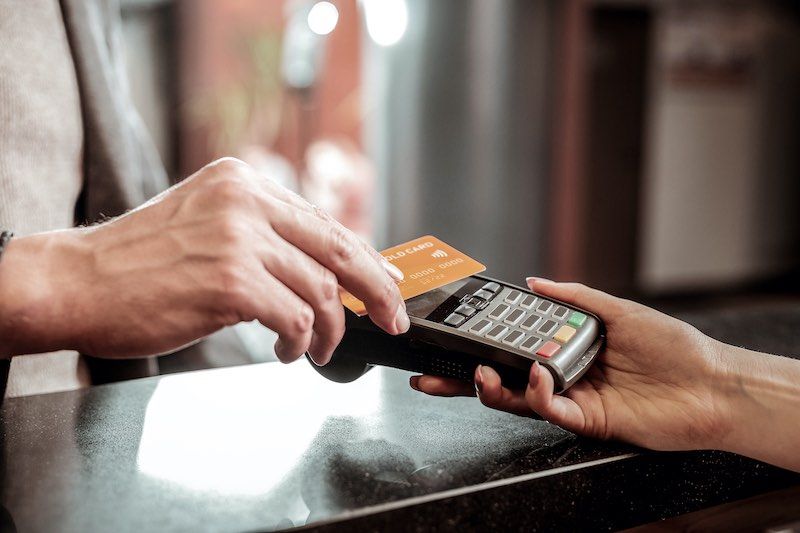28
January 2021
Contactless Limit Could Rise to £100
Shoppers may soon be able to charge up to £100 on their debit and credit cards without typing in PINs, under new rules being contemplated by the financial regulator.
The limit for contactless card payments was increased from £30 to £45 last April, as customers became wary of handling cash and keypads during the pandemic.
Since then, contactless payments have soared, reaching record proportions of debit (62%) and credit card (45%) of transactions in August, according to data from trade body UK Finance. That month consumers spent a total of £8.4 billion on credit and debit cards using contactless, spending bolstered by the Eat Out of Help Out scheme.
In more recent months, the share of contactless transactions has slipped but largely because people are making fewer in-person purchases as coronavirus restrictions have tightened again. Bars, restaurants and public transport, the site of many contactless transactions, are either shut or barely trafficked, and many consumers are relying on online shopping for essentials.
But when germ-wary customers return to restaurants and shops, they’ll want to complete transactions with as little friction and contact with surfaces as possible, and the Financial Conduct Authority wants to make this as easy as possible.
The watchdog will “shortly” begin consulting on more than doubling the contactless limit—from £45 to £100.
The FCA said on its website: “It’s important that payments regulation keeps pace with consumer and merchant expectations.
“Recognising changing behaviour in how people pay, as part of a wider consultation, we will shortly be seeking views on amending our rules to allow for a possible increase in the contactless limit to £100.”
However, it’s unclear when the change, if approved, will be implemented. Additionally, while the regulator can set boundaries for payments, card providers have the final say over their own limits.
UK Finance, trade body for the industry, appears supportive of the proposed increase. A spokesperson said: "The industry believes that a more flexible approach could be merited in future, which takes into account consumer demand, fraud prevention, security and convenience.
"Contactless is one of a range of payment methods and the industry will also continue to work closely with the regulator to ensure that customers can pay in a way that suits them.”
Retailers are more worried, raising concerns about the potential theft of high-value items and incomplete contactless transactions.
Andrew Cregan, payments policy advisor at the British Retail Consortium, said: "We have concerns about raising the contactless limit, with losses from incomplete contactless payments at self-checkouts currently costing retailers millions in lost revenue.
"Card companies should take measures to reduce incomplete payments and we urge customers to make sure their own transactions always go through. However, the overwhelming priority at the moment must be for the government to address the rocketing card fees."
The threshold for contactless payments has already increased several times since the technology was introduced in 2007. Back then, you needed to enter a PIN for every transaction above £10. The limit was increased to £15 in 2010, then to £20 in 2012 and to £30 in 2015.





